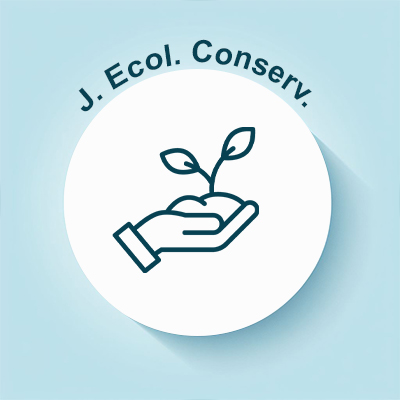
Journal of Ecology and Conservation
OPEN ACCESS

OPEN ACCESS

The review was conducted on Sloping Agricultural Land Technology (SALT) and used multipurpose trees sustainable production for upland farming. The SALT proved an excellent agroforestry-based approach to combat soil erosion, restore soil fertility, and enhance productivity on sloping and degraded uplands. Originally developed in the Philippines during the 1970s, SALT integrates contour hedgerows of leguminous shrubs with strips of annual and perennial crops, offering a sustainable solution to land degradation in upland regions. The system’s ecological foundation is reinforced through adaptations such as livestock integration, orchard development, agroforest establishment, and organic nutrient cycling. The paper explores four distinct SALT models SALT-1 through SALT-4 each with unique land-use combinations tailored for agriculture, forestry, livestock, and horticulture. Key components such as contour farming, alley cropping, composting, and water conservation structures synergistically improve soil health, water retention, and biodiversity. The adaptability, low cost, and ecological sustainability of SALT make it particularly relevant for smallholder farmers in tropical regions. However, challenges such as labor requirements, delayed economic returns, land tenure insecurity, and limited extension support remains barriers to wider adoption. By aligning traditional knowledge with agro-ecological principles, SALT emerges as a holistic model for climate-resilient, low-input, and community-driven upland farming systems.